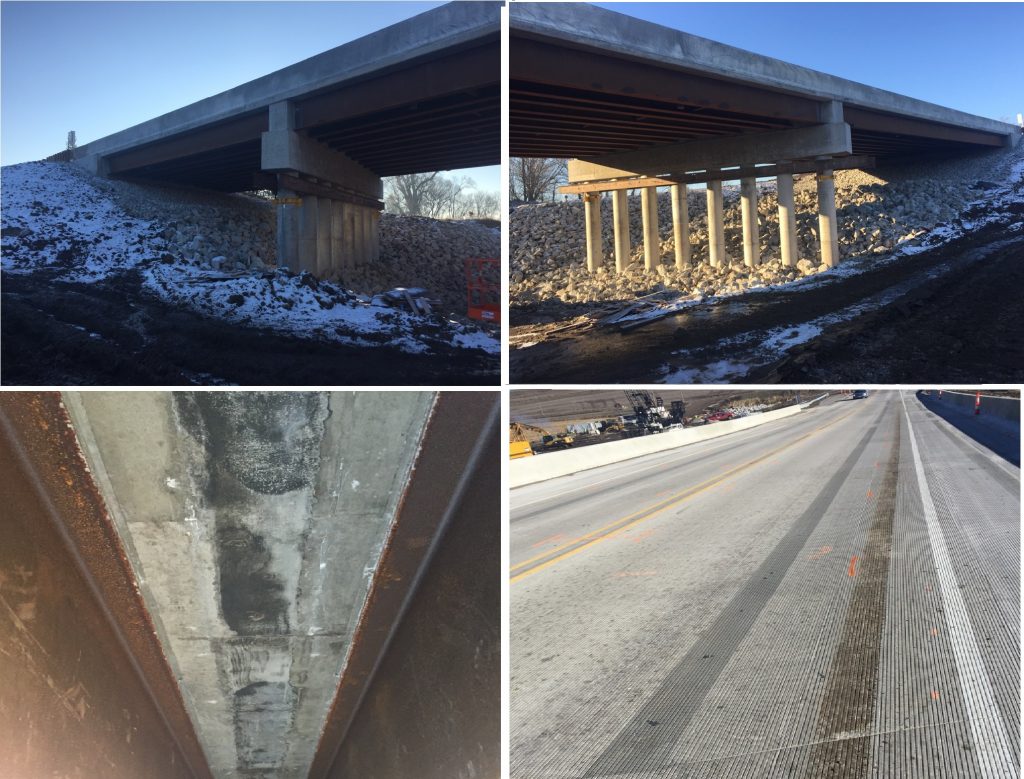InTrans / Jan 21, 2016
The importance of ABC today: A commentary
Go! Magazine

posted on January 21, 2016
Transportation in the United States is usually by road, air, rail, and waterways (via boats). The vast majority of passenger travel occurs by automobile for shorter distances, and airplane or railroad, for some people, for longer distances. But what about bridges? Did you know that more than 600,000 bridges exist throughout the United States’ transportation network? However, more than 25 percent of these bridges do not meet current standards.
I live in Iowa, so I often work on projects involving Iowa bridges. Currently, there are about 25,000 bridges across the state. So that 25 percent statistic means a lot, because it means that around 6,000 of our bridges do not meet engineer’s current design requirements for new bridges! This is an important concern.

So, what can we do? Bridge engineers like myself are there to replace the deficient bridges, so as to remove them from our system.
But how? For bridge replacement, often engineers have to balance replacing the bridge fast, doing the job properly, or having it be the lowest cost. Common sense tells us we can have two of these—but not all three.
Every year, there is more and more traffic on our transportation network, and so replacement of bridges using conventional construction becomes infeasible due to the inconvenience it causes to motorists. Now remember, we aren’t just talking about bridges on rural roads. We are talking about major bridges that connect pieces of busy, busy highway. Using conventional methods of construction, it often takes more than one year to finish constructing a bridge! This can cause significant traffic interruption and mobility impacts on the transportation network. In other words, we cannot afford so many detours due to road closures.
Accelerated bridge construction (ABC) techniques have been recently developed to satisfy the needs of rapid bridge construction. One popular ABC technique is to use “prefabricated bridge elements.” Prefabricated bridge elements, produced in manufacturing plants in a controlled environment, generally have a higher level of quality compared to those constructed onsite. Once fabricated, they are transported to the bridge site and connected together. The high level of quality of those elements eventually result in long-lasting new bridges. Second, it usually takes only 24-36 hours to assemble the prefabricated bridge components, greatly reducing the time period of road closures and causing little inconvenience to residents. Third, because the construction in the field becomes much simpler and the field work and time are greatly minimized, the work environment and safety are both significantly improved in the work zone.
In short, the condition of the nation’s bridges need to be improved. ABC techniques have been developed as effective rapid replacement approaches. The effective ABC techniques commonly satisfy three major criteria: minimal traffic interruption, high quality structures, and less environmental impacts.
Many don’t realize it, but bridges greatly impact our transportation network. And with ABC, engineers can create bridges that carry us over there—to the future.
Related links
Check out the ABC-UTC homepage: http://www.abc-utc.fiu.edu/
See the Federal Highway Administration initiative to promote ABC (scroll to bottom of page for videos, photos, and more): http://www.fhwa.dot.gov/everydaycounts/edctwo/2012/abc.cfm
By Yaohua Deng, Bridge Research Scientist, Bridge Engineering Center, Iowa State University